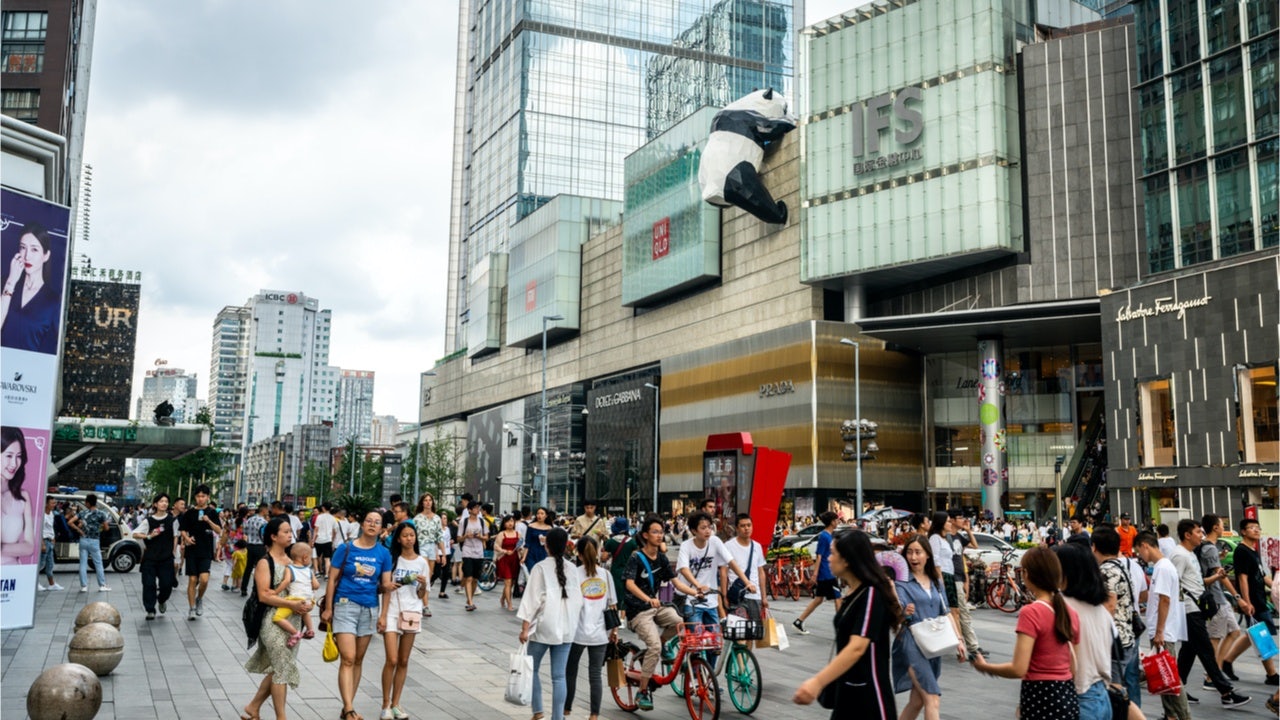Established cities like Beijing and Shanghai will always play a leading role in the consumption of luxury goods in China. However, according to a report from BCG and Tencent in 2019, over half of the country's spend now comes from lower-tier cities.
In order to benefit from the vast amount of residents with lower living costs and a greater amount of disposable income, Jing Daily offers several tips for brands from recent reports analyzing these untapped territories.
Big logo and digital#
The latest report from luxury e-commerce Secoo and Deloitte shows that in contrast to their more mature first-tier city counterparts, shoppers in lower-tier cities demonstrate rather predictable traits and patterns. Firstly, many favour the logos of classic luxury brands over niche brands and more discreet logos - unlike more sophisticated first-tier shoppers. While word-of-mouth recommendations and in-store visits are common among big-city shoppers, lower-tier consumers rely heavily on online channels for research and making purchases; they often have more leisure time and look to social media for entertainment. According to the report, future livestream platforms will be the new battlefields to help brands penetrate the low-tier-city consumer groups.
Second-tier cities play catchup#
China’s Top 20 Retail City identified second-tier cities especially in the western region as opportunities for growth. Published by real estate service provider Savills Research in August 2019, this report looked beyond the top four cities of Beijing, Shanghai, Guangzhou, Shenzhen to identify some of the newcomers with increasing inhabitants and GDP numbers. While many international brands still choose Shanghai and Beijing as their starting points, they often open their next stores in Shenzhen, Hangzhou, or Chengdu shortly after. Of the 50 international brands cited in the research, the average number of store openings five years ago was 20% the average of Shanghai and Beijing; in 2019 this rose to 26%.
The rise of Chengdu and more#
Chengdu is a pioneering example of the opportunities available to brands who look beyond the top tiers. Due to the impact of the landmark Taikoo Li project, some brands have even opened their first stores in the city. Moreover, many brands’ sales per square are listed among China's highest. The network of stores in Chengdu, and the likes of Nanjing, is almost the same as that of Shanghai and Beijing; cities such as Ningbo, Zhengzhou, and Xiamen, however, have roughly 60% of the top cities which indicates the possibility for great commercial potential in years to come. While the commercial value of cities like Xi'an and Kunming is less than Chengdu or Hangzhou, the opening of landmark projects like Xi'an SKP and Hang Lung Plaza in Kunming means several luxury brands are flocking there.
Government subsidies#
Finally, the development of these lower-tier cities couldn’t accelerate without the input of their governments. Hu Yuhua, Chairman of Savills West China, explains that “local governments are vigorously developing the first store economy... giving them various forms of support such as cash rewards and tax incentives for the corresponding first store brands.” Thanks to this support and the development of greater commercial value, Savills Research indicates that in conclusion, international designer brands are optimistic about major second-tier cities. From Acne Studios and Ami to Off-white and A.P.C., all have recently increased their opening speed in cities like Chengdu and Xi'an.

